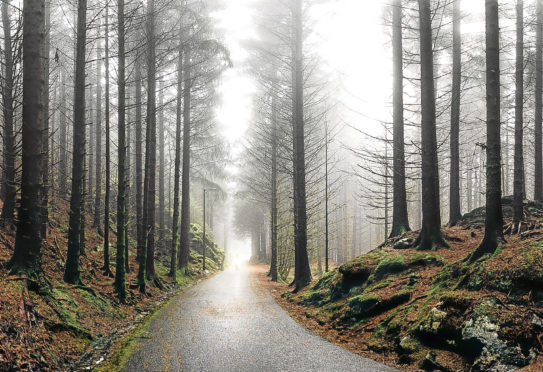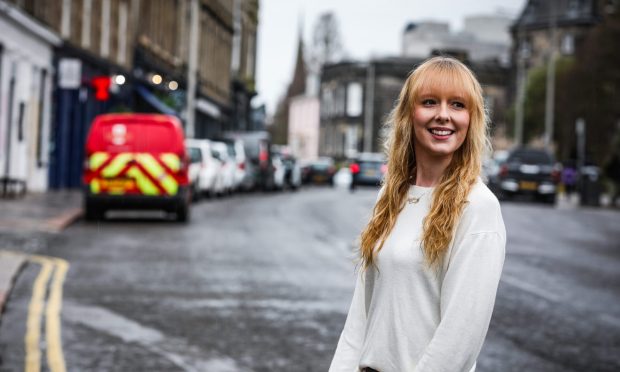I have developed a phobia. It’s arguably my only one. Like many decent ratepayers, I am afraid of spiders, but a phobia is an irrational fear, and it seems to me perfectly sensible to fear spiders. All these legs!
Cauliflower, raw or cooked, also gives me the heebie-jeebies, but I can handle it and, as I am a humane person, will put it in a jar and take it outside if I find any in the house. Given the choice of eating a spider or cauliflower, I would hum and also haw, and then starve to death.
But my new phobia is both rational and irrational. The new phobia is single-track roads. This is irrational because I used to drive on them every day. Indeed, there were several miles of single-track road to my house.
I even remember writing an important and authoritative article in an influential publication about how I preferred them to proper roads, partly because other drivers waved and you could pretend you had lots of friends.
I didn’t have problems with such roads. You could see other drivers coming from a distance and always had plenty of time to pull into a passing place. But I think my problem began in other wild places, where the single-track roads were busier, including with buses, and had more blind spots.
That made me, firstly, check the map before journeys to see if there were any such roads and, secondly, cancel trips rather than risk them.
Let me emphasise that I have never once been involved in an incident on a single-track road. But I’ve had some white-knuckle rides on them, dreading a large vehicle coming round a corner and forcing me to reverse large distances to the last passing place.
I should explain that I am a man with no spatial sense whatsoever. It’s disgraceful. My daily exercise consists of walking from the kerb to the point on the road where I’ve parked my car.
And don’t ever ask me to reverse. I cannot go more than a foot in a straight line. Every week, I watch the bin collection lorry reverse down our narrow cul-de-sac, and I give the driver a round of applause and, sometimes, a book token or bunch of flowers. How do they do it?
Do they have special mirrors? All mine are from a Hall of Mirrors. The rear view one shows you almost reversed into the front seat of the car parked behind. Then you get out and find ten yards between you. How-ow-ow-ow? And why does no one talk about this?
As I’ve gotten older, I’ve had to face the fact that I’ll never be able to drive properly. It hasn’t got any better, and my fear of single-track roads has become worse.
In my defence I ask: what sort of idiot built them in the first place? Someone with a one-track mind clearly. Did they not anticipate traffic coming from the other direction, even in quieter times?
At any rate, today, they give me the fear. It’s my worst nightmare: a giant spider dangling from the rear view mirror just as a lorry full of cauliflower comes round a blind corner on a single-track road.










